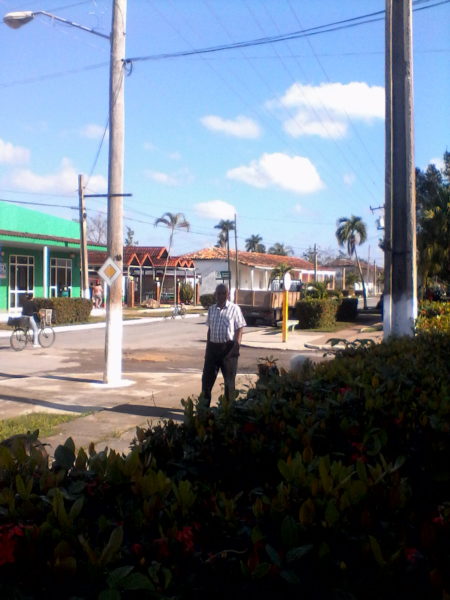Mantua, a Remote Town in Pinar del Rio, Cuba

By Pedro Pablo Morejon
HAVANA TIMES – I had to travel to Mantua, Pinar del Rio’s smallest municipality, last week. With difficult access, it is located in the far northwestern part of the province.
The last time I made this journey was in 2019, for tourism purposes, let’s say. It was the second time I’d gone and at that time, when I saw myself at the end of the world again that morning, without transport and any way to leave in the short or medium-term, I was left “puesto y convidado” (disappointed) as we Cubans would say.
Now, it was time for me to go back for the third time and it wasn’t exactly to visit the place as a tourist, it was for a work commitment instead. The advantage I had was a form of transport to get there and back, making the uncomfortable trip. I say uncomfortable because the road is in a bad state.
Nevertheless, it’s a beautiful place if you look at the landscape, full of abundant vegetation and small hills.
An interesting fact: Mantua town was declared a National Monument, as it was the place where the invasion from the East to West ended, led by Antonio Maceo in the 1895 War.
Giving you a bit of its history, we can say there are two theories about the town’s origin. Some say that it was founded between 1610-1615, and that it takes its name from the river that shares the same name and the fertile meadows that surround it.
The other theory is very interesting and has been widely accepted; it tells us that the town was founded after a landing of a group of Italians there during that time, who anchored in the Mantua River, and then headed inland in search of a final settlement.
The sailors were confused with pirates and persecuted by ships from the English Armada. Once they were inland, they founded the one-horse town and called it Mantua because of their brigantine that shared the same name, or the Genovese town of Mantua, where they’d originally come from, according to other versions of the tale.
The last theory hasn’t been confirmed by historians, but people have passed it down through the generations and have embraced it because it’s quainter.
The reality is that nothing you see in Mantua today makes you think that it was founded by Italians. During my stay, I asked an elderly acquaintance who is very cultured, and has been living in the town since birth and he confirmed the absence of predecessors of Italian descent. Not to mention the fact that its oldest architecture doesn’t show us any sign of Italians being there.
The other reality is that it’d come as no surprise if I tell you that Mantua is a typical town, like any other in the country’s interior. Shortages, hardship, and lines. Lots of lines. When I got there, I saw a line to buy tubes of minced meat.
If the country’s main cities are in a poor social state right now, then the situation in the main town of a tiny municipality should obviously come as no surprise.
A region that is eminently agricultural, where you find few stalls to buy root vegetables and other foods, which always cost an arm and a leg.
There’s only one thing that works in Mantua’s favor: it’s a clean, peaceful town, where simple and noble people live.
The thing I suffered the most that day was the journey. I was only in Mantua for an hour. I spent the rest of the day on the highway, on the curvy dirt road trying to avoid potholes.
I arrived in Pinar del Rio city at night, exhausted and nauseous.
